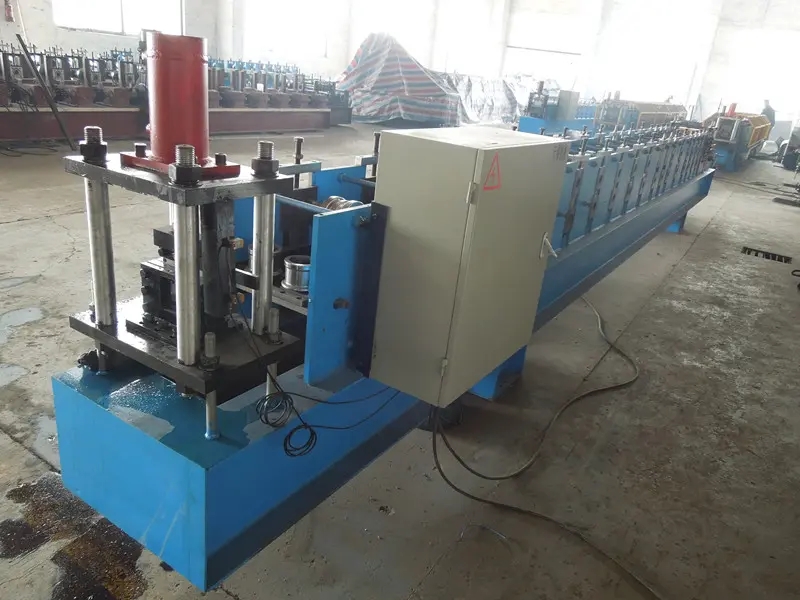
The Evolution and Importance of Roof Tile Production Lines
In the construction industry, the demand for high-quality roofing solutions has never been greater. Among various roofing materials, roof tiles have emerged as a popular choice due to their durability, aesthetic appeal, and thermal efficiency. This increasing demand has spurred the evolution of roof tile production lines that seamlessly integrate technological advancements, efficiency improvements, and sustainability practices.
The Basics of Roof Tile Production
Roof tiles, commonly made from materials such as clay, concrete, or even modern composites, are manufactured through a series of intricate processes. The production line encompasses several stages including raw material processing, shaping and molding, drying, and firing. Each stage is designed to ensure that the final product meets the highest standards of quality and performance.
1. Raw Material Preparation The process begins with the selection of appropriate raw materials. Clay tiles, for instance, require high-quality clay that is free from impurities. This material is then crushed, mixed with additives for enhanced performance, and prepared for shaping.
2. Shaping and Molding The prepared raw materials are then shaped into tiles using molds. This can be done through hand-molding or with the help of automated machinery, depending on the scale of production. Modern production lines often utilize pressing machines that apply consistent pressure to ensure uniformity in thickness and density.
3. Drying After shaping, the tiles are subjected to drying to remove excess moisture. This step is crucial as it prevents defects during the firing stage. Advanced drying systems, such as infrared or hot air driers, have been developed to optimize this process, reducing energy consumption and increasing efficiency.
4. Firing The final step in the production process is firing, where tiles are baked at high temperatures in kilns. This process enhances the tiles' strength and weather resistance. Innovations in kiln technology, including the use of energy-efficient designs and alternative fuels, have made this stage more environmentally friendly.
Automation in Roof Tile Production
The integration of automation in roof tile production lines has transformed the industry. Automated systems enhance efficiency, reduce labor costs, and minimize human error. Robotic arms are increasingly used for handling materials, quality control, and packing. These systems can monitor production in real-time, ensuring that any deviations from quality standards are quickly addressed.

Furthermore, the use of computer numerical control (CNC) machines allows for precise cutting and shaping of tiles. This technological advancement not only improves the consistency of the products but also opens the door for customization, allowing manufacturers to cater to diverse architectural styles and client needs.
Sustainability in Production
With growing global awareness regarding environmental issues, the roof tile industry is focusing on sustainability. Many production lines are incorporating eco-friendly practices such as recycling waste materials, using renewable energy sources, and minimizing water consumption. For instance, surplus tiles and dust are often recycled and reintroduced into the production process, thereby reducing waste.
Additionally, innovations in materials science have led to the development of sustainable alternatives. Some manufacturers are now producing tiles from recycled plastics or other environmentally friendly materials. These sustainable practices not only appeal to environmentally conscious consumers but also comply with increasingly stringent regulatory standards.
Challenges and Future Prospects
Despite the advancements, the roof tile production industry still faces challenges such as fluctuating raw material prices and the need for continuous technological upgrades. Manufacturers must also ensure they adhere to safety regulations while maintaining high production standards.
The future of roof tile production lines looks promising as the industry adapts to changing consumer preferences for sustainable and innovative products. Advanced technologies such as artificial intelligence and machine learning may play significant roles in optimizing production processes and improving quality control.
Conclusion
Roof tile production lines are an essential component of the construction industry, combining tradition and technology to meet modern demands. As the industry evolves, manufacturers are challenged to balance efficiency with sustainability while delivering high-quality products. The ongoing innovations in production technology are set to usher in an era where roof tiles are not only functional but also environmentally friendly and customizable, paving the way for a new generation of building solutions.